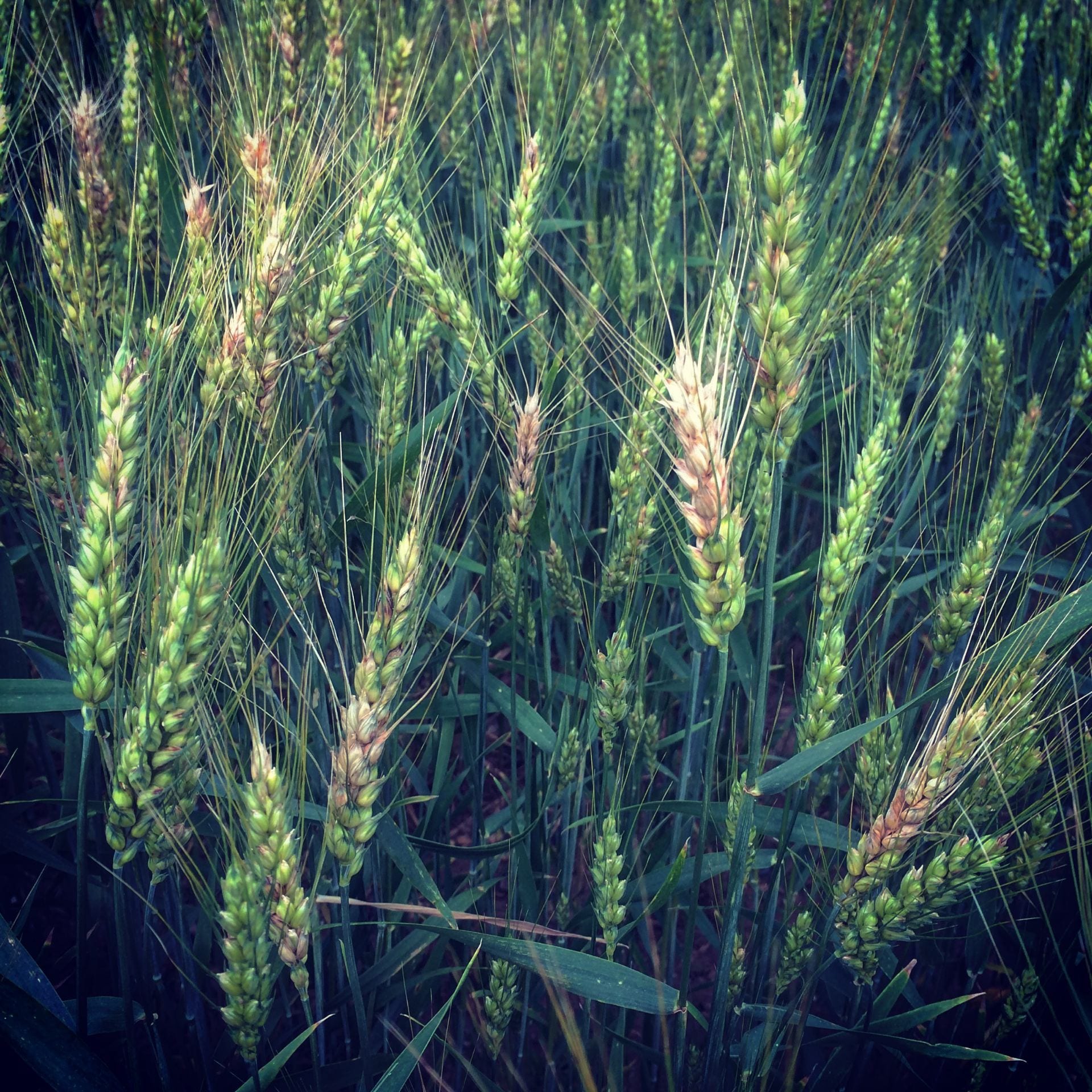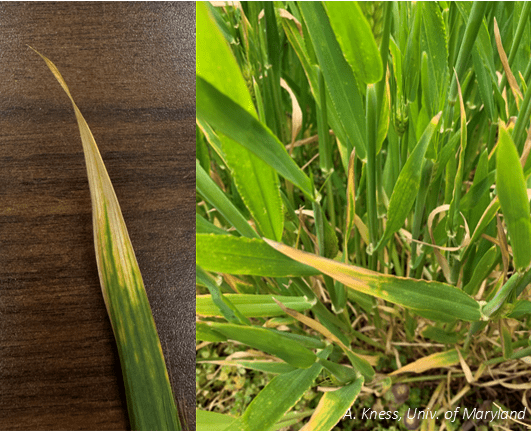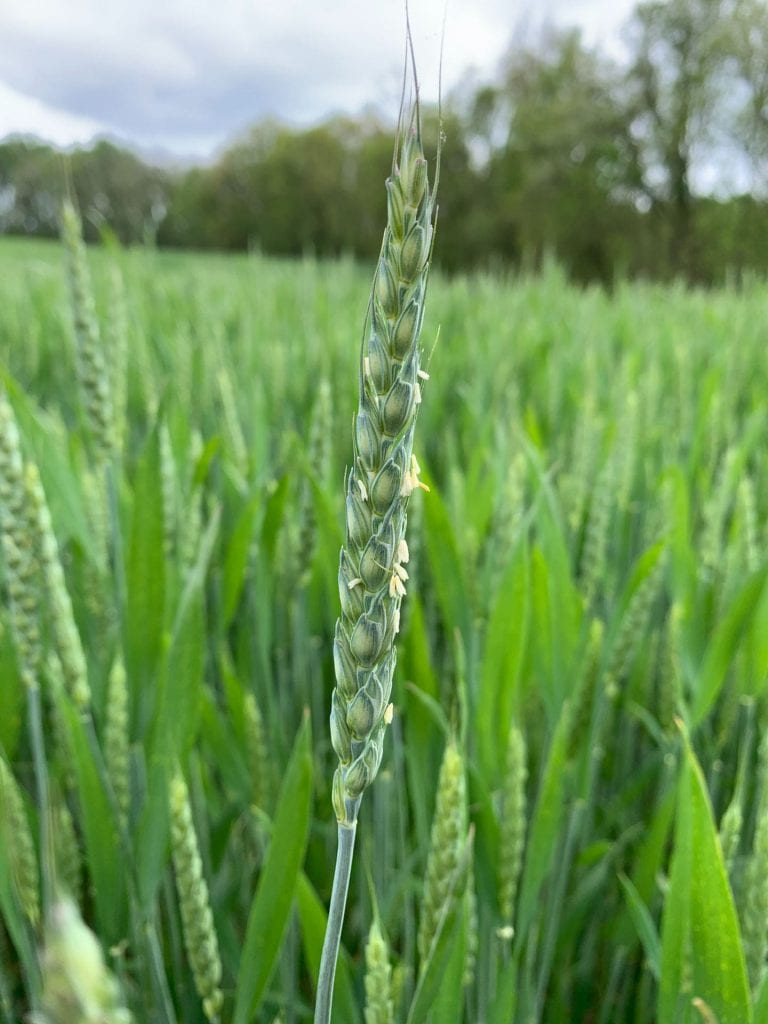
Nidhi Rawat, Small Grains Pathologist | nidhurw@umd.edu
University of Maryland, College Park
Reposted from the US Wheat and Barley Scab Initiative
It’s almost harvest time and Fusarium head blight (FHB) can reduce wheat and barley grain yield and quality, leading to price discounts due to Fusarium-damaged kernels (FDK), deoxynivalenol (DON), and reduced test weight. If your fields are affected by FHB, adjusting your combine settings can help improve grain quality and reduce losses. Additional strategies such as increasing the fan speed, keeping scabby grain separate, testing for DON, and cleaning of grain can also make a difference. Here are a few strategies to consider for minimizing price discounts at harvest.
Based on a study in the journal Plant Disease, modifying combine settings to increase fan speed and shutter opening could improve grain quality and reduce price discounts enough to counteract the reduction in harvested grain compared to the standard combine setting.
Researchers tested four combine configurations:
Plots with varying levels of FHB index were harvested with each combine setting. Compared to the standard setting (C1), settings C2, C3, and C4 led to lower estimated price discounts by $10 to $40 per ton (see table below). C3 and C4 gave the biggest reductions in price losses by improving grain quality.
Table. Grain quality and price discounts for plots with varying levels of FHB index harvested with four different combine configurations.
The estimated gross income was higher with combine settings C2 and C4, with C4 having the most consistency performing well across different levels of FHB index (5 to 35%) and grain prices ($118 to 276/t).
Key Takeaway Messages:
- Increasing airflow to remove scabby kernels is a profitable strategy.
- In this study, increasing airflow through the combine by increasing fan speed (from 1375 to 1475 rpm) or by increasing shutter opening (from 70 to 90 mm) optimized profitability, as the reduction in discounts due to scabby kernels was enough to offset the loss in revenue due to reduced yield.
- However, be careful not to increase airflow by too much.
- In this study, increasing both fan speed and shutter opening did not optimize profit, as the marginal improvements in grain quality were not enough to overcome the increased yield loss.
- Although plot combine configurations are not directly applicable to field-scale equipment, know that you can fine-tune your combine airflow settings to improve profitability when harvesting FHB-damaged grain.
Thank you for reading! Feel free to forward this message to your community. Want to receive FHB Tool Talk e-newsletters? Subscribe today!











